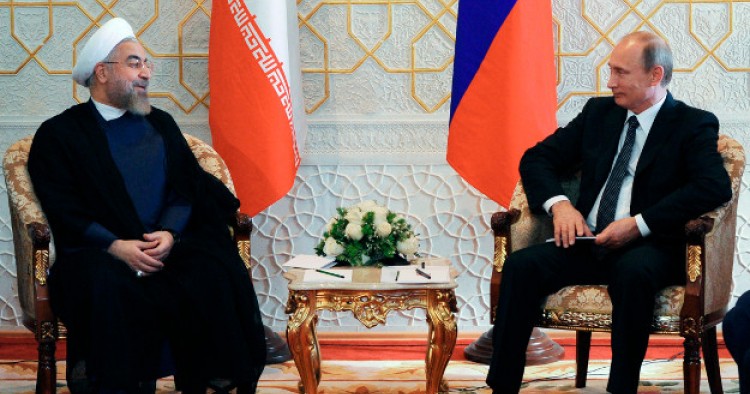Read the full article on Foreign Affairs.
Barely a week goes by without Iran and Russia announcing some joint adventure in the sea, on land, or in space. Just last week, as Iran’s minister of communications and information technology, Mahmoud Vaezi, made his way to Moscow, he promised “a new phase in all aspects” of relations between the two countries. And on Monday, Russia announced that the deal to supply Iran with advanced surface-to-air S-300 missiles had “come into force.” These are all part of an unprecedented partnership between Iran and Russia, forged in the aftermath of the nuclear deal and cemented with cooperation on Syria. This new partnership is driven largely by internal political competition between Iran’s moderate pragmatists and its hard-line conservatives.
Iran’s pragmatists have long pressed their country to follow what they call the China model: liberalizing the economy and opening up diplomatically while keeping the political space constricted. The China model took root during the administration of former Iranian President Akbar Hashemi Rafsanjani, who initiated limited free-market-oriented economic reforms in the 1990s and also sought to reduce conflict with the United States. This line of thinking contributed to the nuclear negotiations and eventual deal by his protégé, President Hassan Rouhani.
The country’s hard-line conservatives, however, do not find the China model appealing.
The Middle East Institute (MEI) is an independent, non-partisan, non-for-profit, educational organization. It does not engage in advocacy and its scholars’ opinions are their own. MEI welcomes financial donations, but retains sole editorial control over its work and its publications reflect only the authors’ views. For a listing of MEI donors, please click here.













